Well, often that works…temporarily. Usually, you’ll walk away at least feeling better…but wouldn’t you like to get even more benefit from everything you invested in getting that massage appointment?
How can you do that?
By participating.
1. Instead of just collapsing onto the massage table, notice how the table feels and where you are on it.
a. Are you in the middle, off to one side or at an angle?
b. How does the draping feel?
c. Is the face cradle comfortable?
d. Are you warm enough?
2. Allow yourself a few slow, deep breaths to begin relaxing your nervous system and ‘sink’ into the support of the massage table, even before the practitioner comes into the room.
3. Try to notice how your body feels. Are there pockets of different sensations:
-
-
-
-
-
- tightness
- numbness
- tingling
- cold or hot
-
-
-
-
4. Talking during the session.
a. If you’ve had a comprehensive discussion with the practitioner, you might not need to say much during the session.
b. If you’re there for remedial work, you might need to partner and communicate more actively with the practitioner. S/he might be adept at differentiating and working with the tissues but only you know how it feels.
c. Never be shy about saying something: whether the practitioner is right on a key area or something doesn’t feel right or is causing pain. If you’re ever uncomfortable with the way you’re being treated, speak up. But be open to learning and being coached to move through the discomfort. Never accept pain that makes you cringe.
5. Stay awake. If the practitioner is doing a good job, you will likely drop into a different level of consciousness and be tempted to sleep. If you’re exhausted, you might not have much choice before dancing with the sandman. But, do your best to stay awake and aware.
Try to identify:
a. How your body feels in response to the touch.
b. Any thoughts or emotions that are triggered and arise.
c. Patterns of movement, work habits or behavior that might be connected with any stress or pain you’re experiencing.
6. Feedback and session ‘debriefing’.
a. If you and the practitioner communicated during the session, there might not be so much to talk about here. However, it’s always helpful to share your experience, observations and questions.
b. The practitioner who’s working to progress with you will have more detail to inform how s/he works with you going forward and can offer education and advice for daily care you can give yourself between sessions.
Massage doesn’t have to be a passive event that dissolves from memory in a day. When you actively participate in the partnership between you and the practitioner, massage can profoundly change your life.
For tips on how to extend the value of your massage, see After your Massage Session – How to Take Advantage of the Benefits.
Want to know how to prepare for a high-value massage? See How to Prepare to Get the Most from Your Massage.

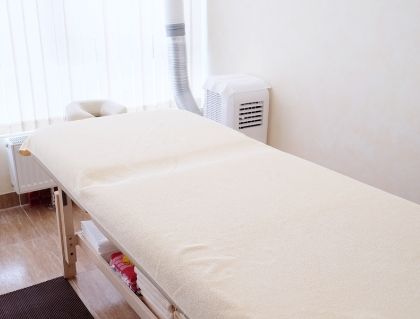
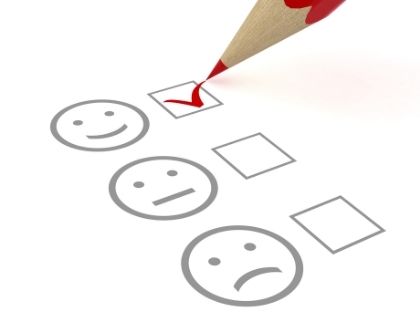




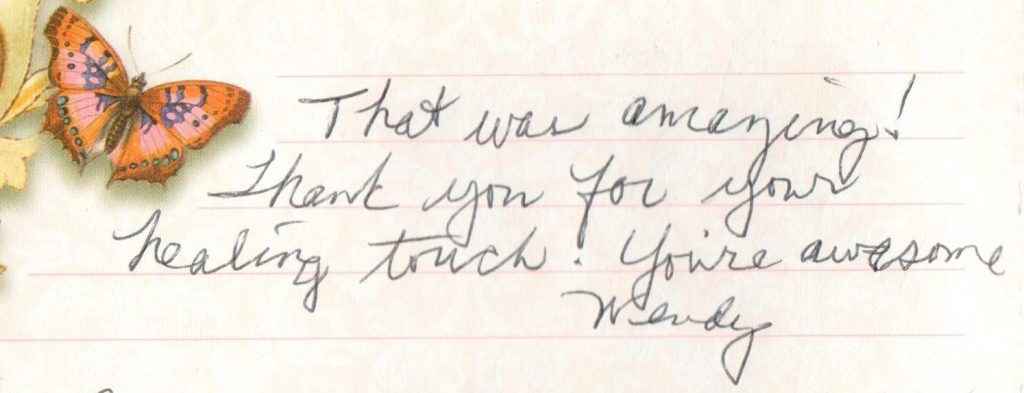

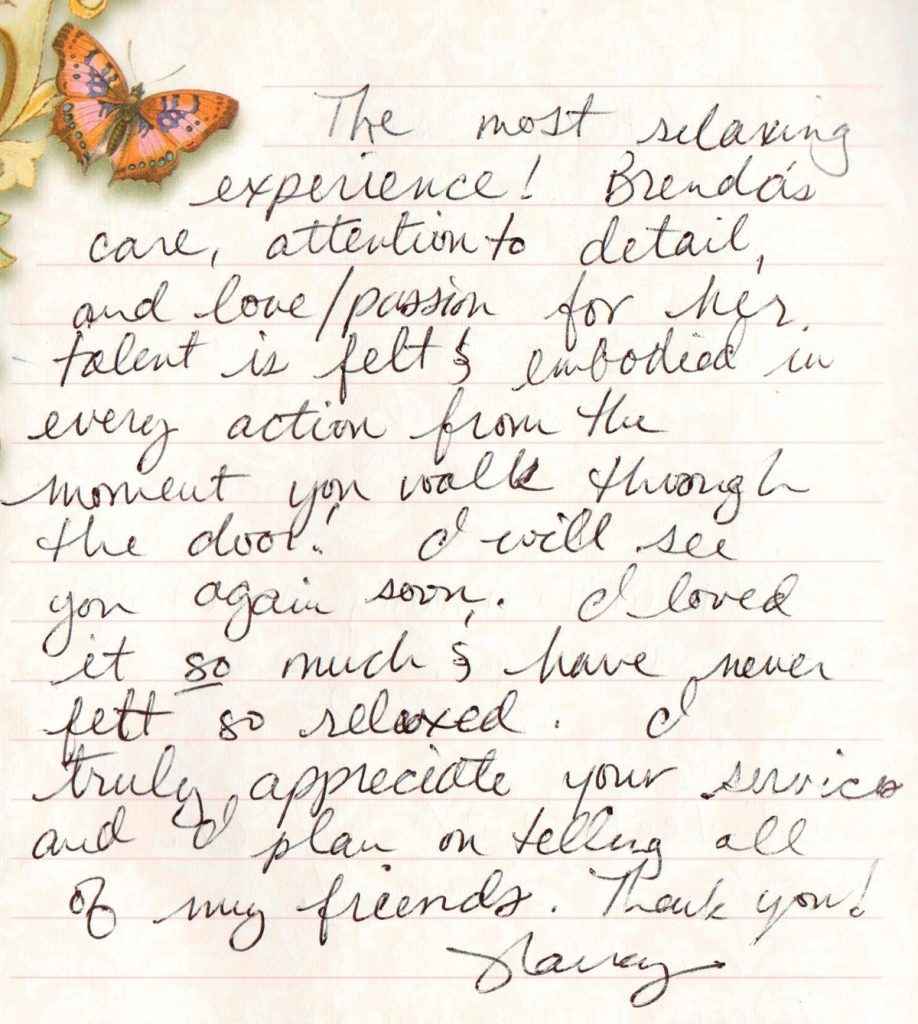
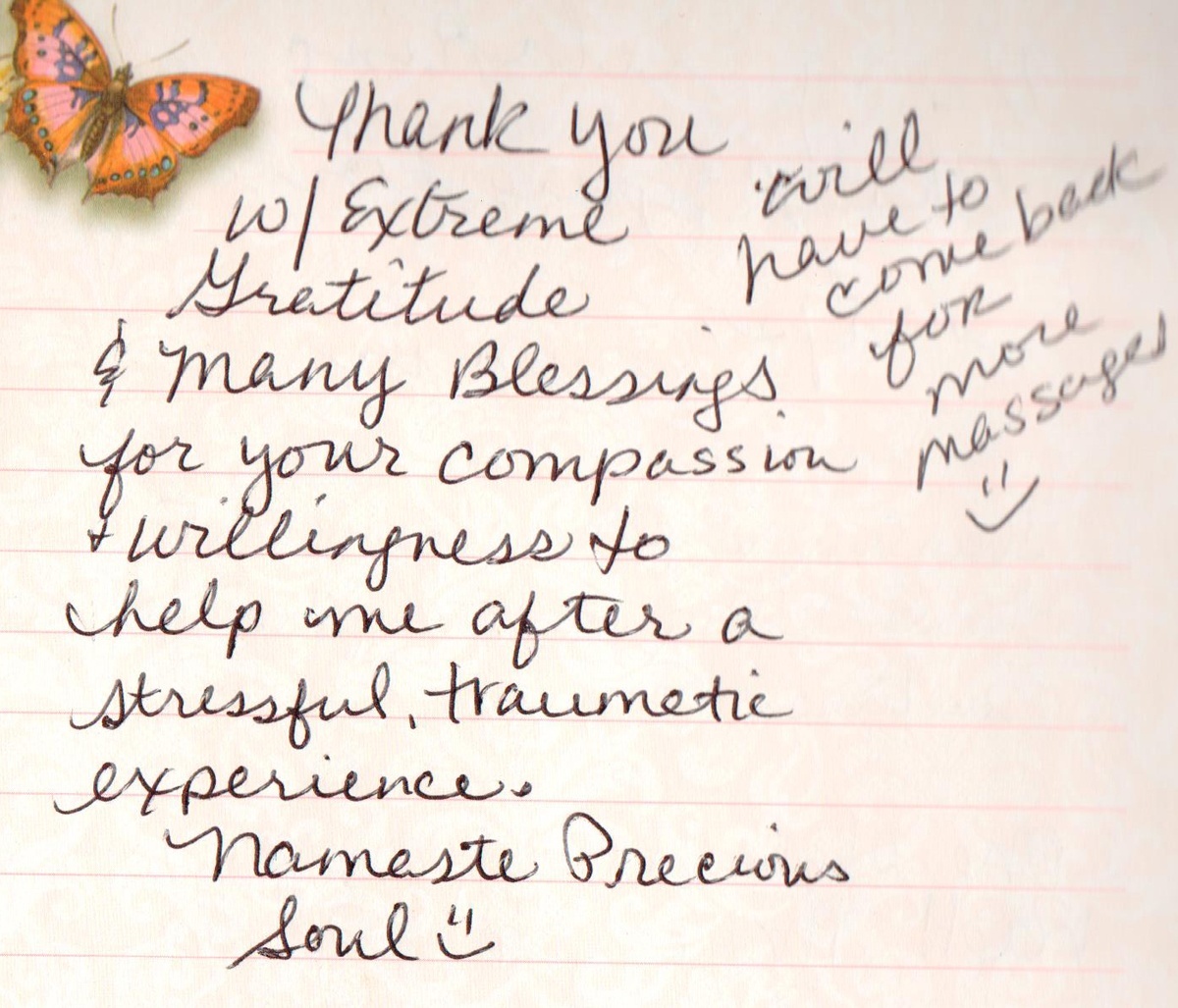


0 Comments